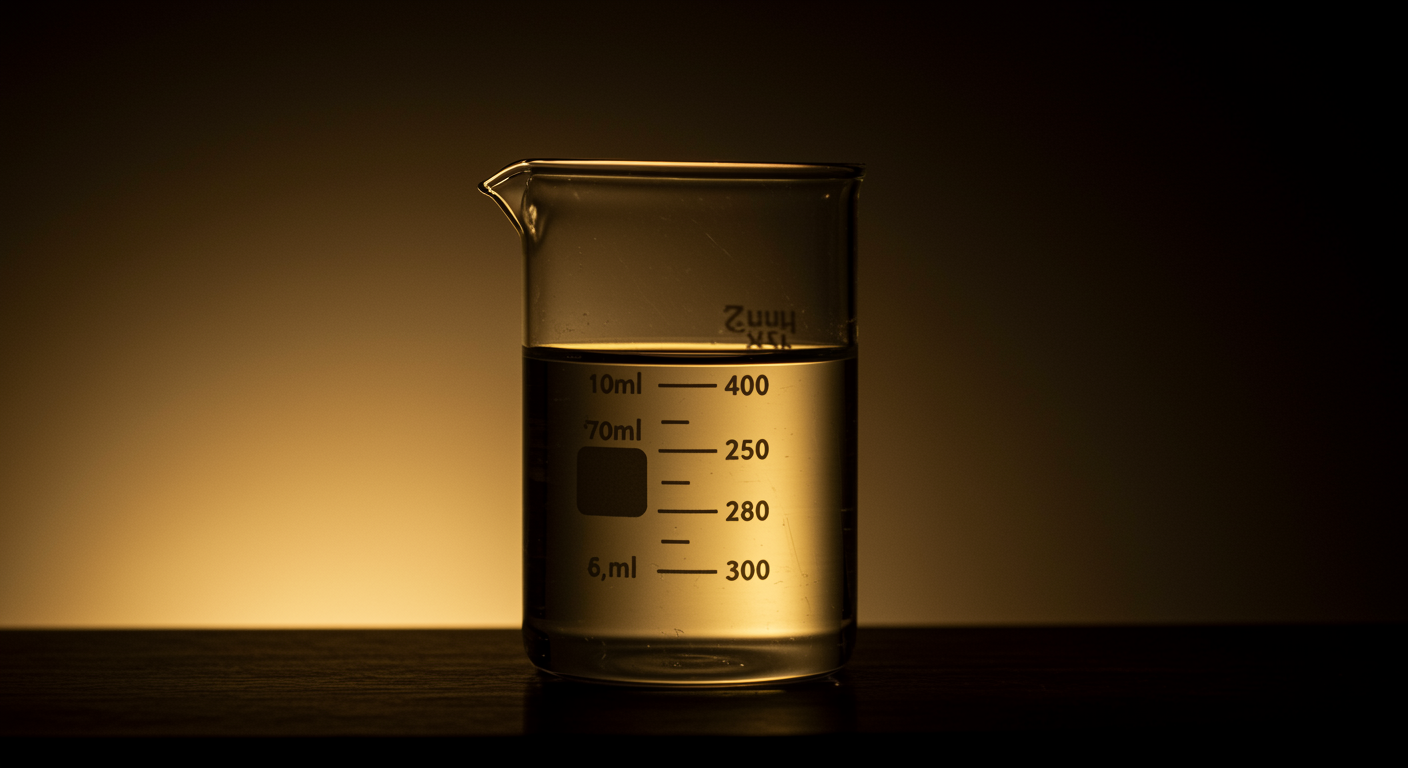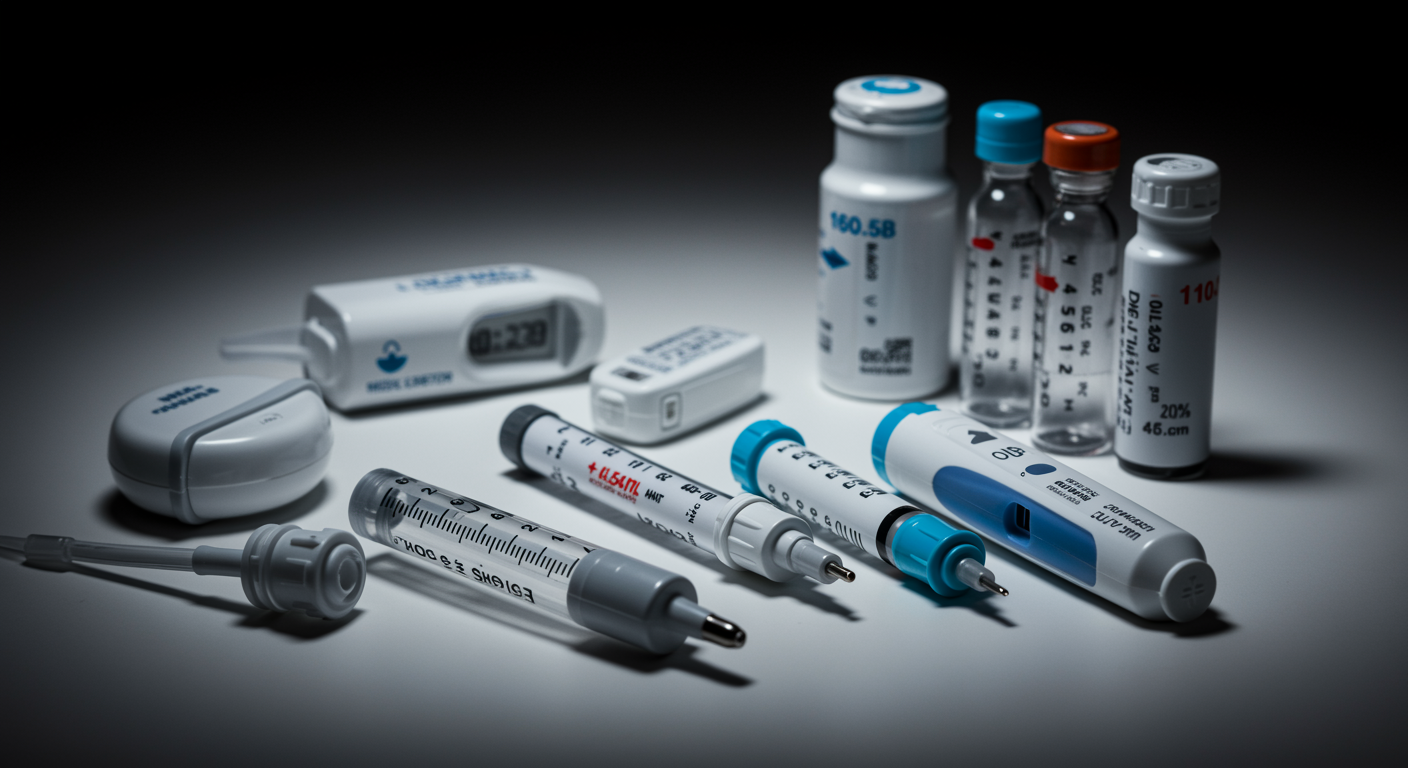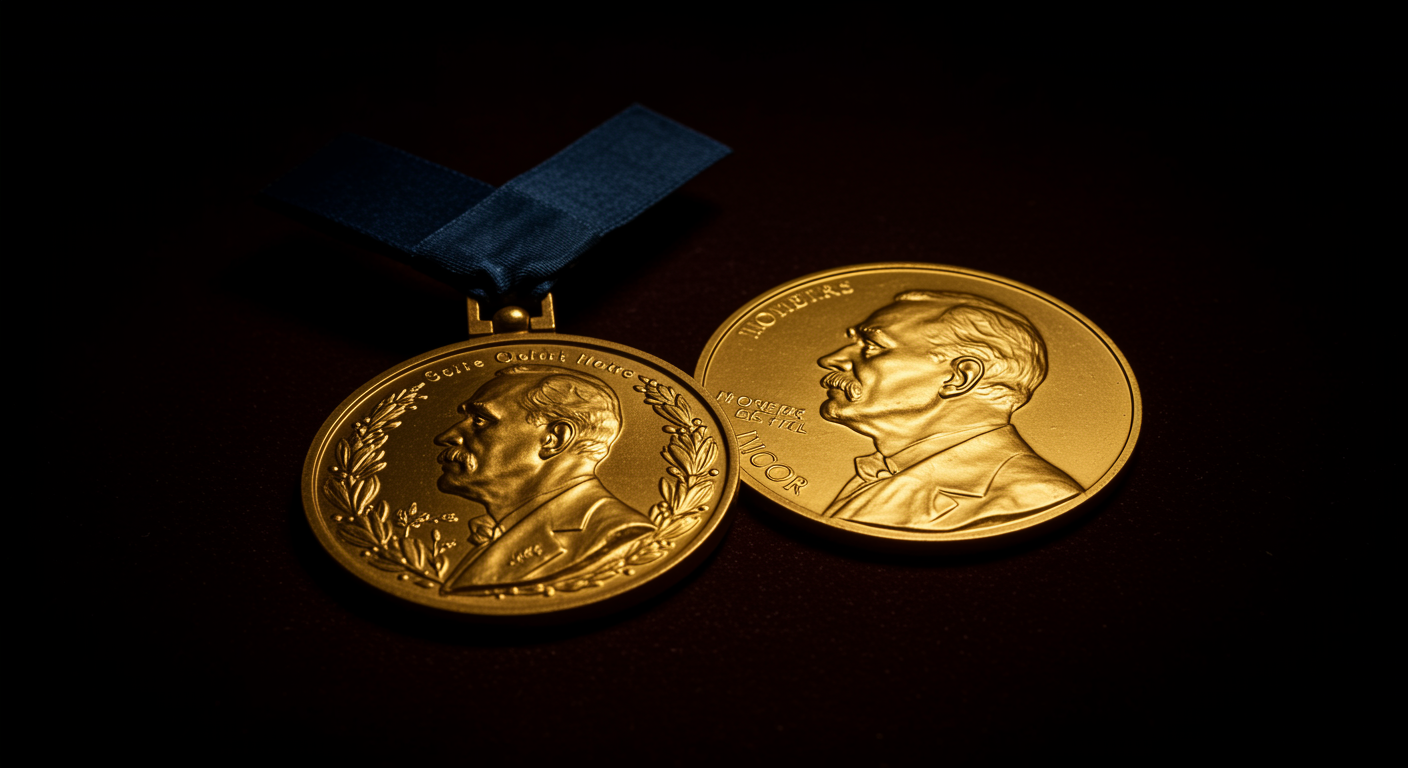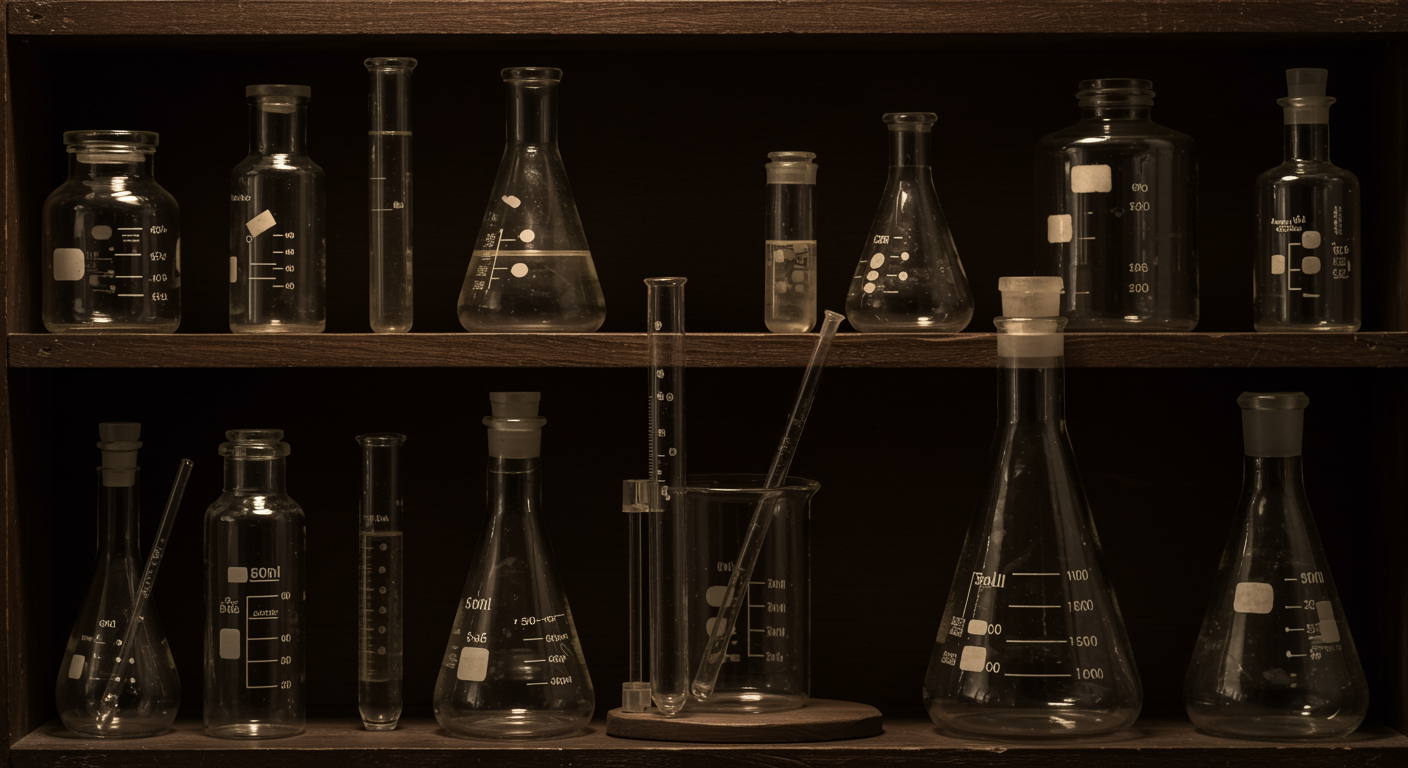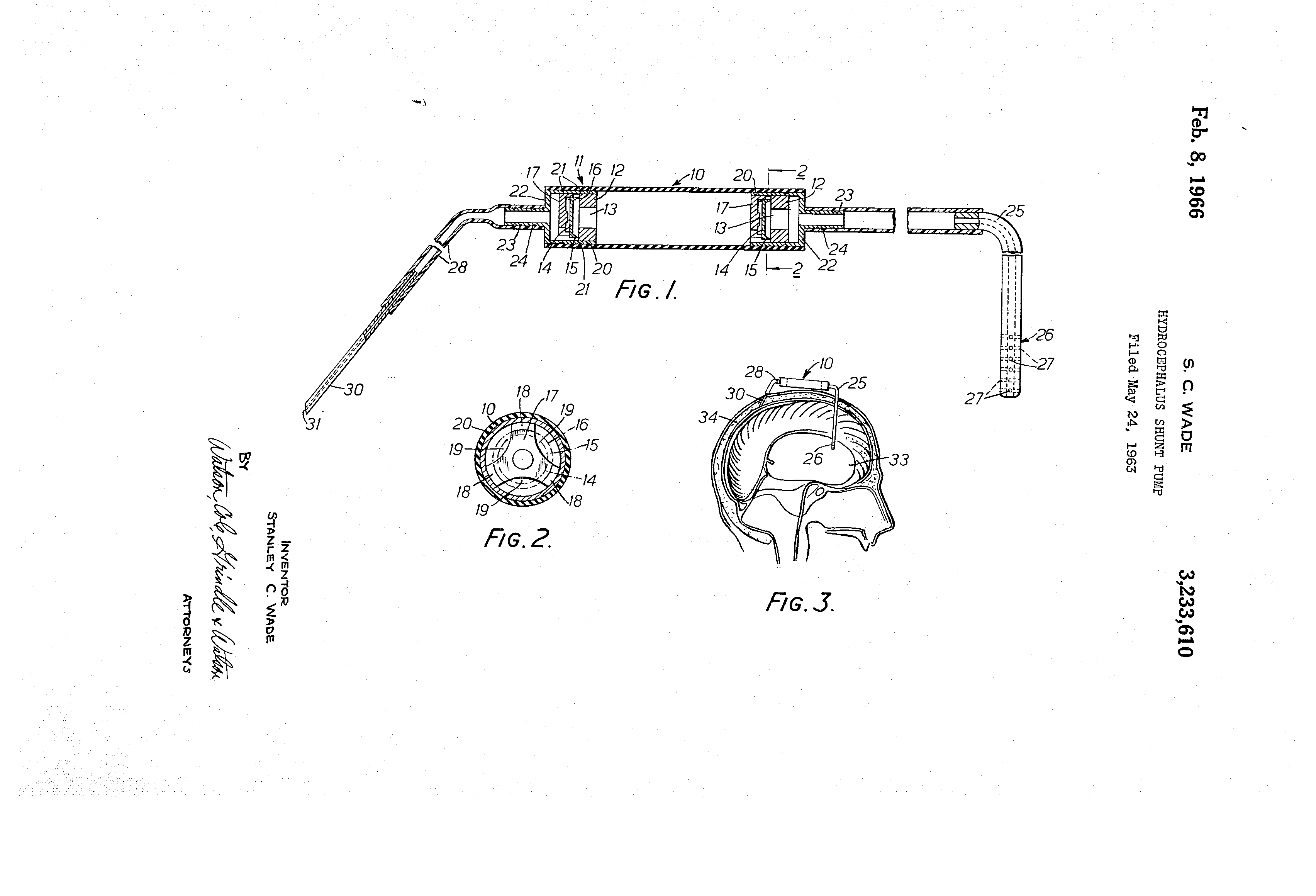Nicolae Paulescu: The Forgotten Pioneer of Insulin Discovery
Did a Romanian Scientist Discover Insulin Before Banting and Best?
Nicolae Paulescu, a Romanian physiologist, successfully extracted pancreatic hormone that lowered blood sugar in diabetic dogs in April 1921 - months before Banting and Best’s first successful experiment in July 1921. His work, published in French medical journals, demonstrated that pancreatic extracts could treat diabetes, but World War I disruptions, language barriers, and later political controversies prevented him from receiving proper recognition for his pioneering contributions to insulin discovery.

